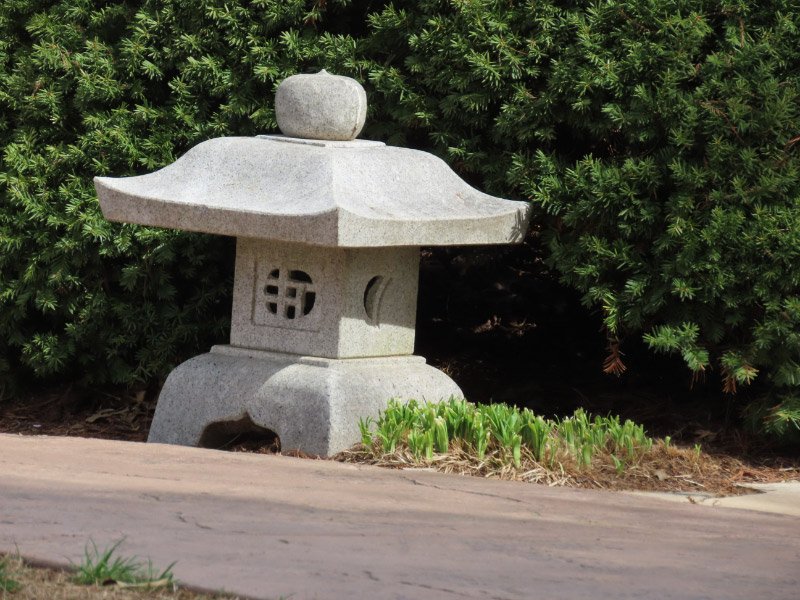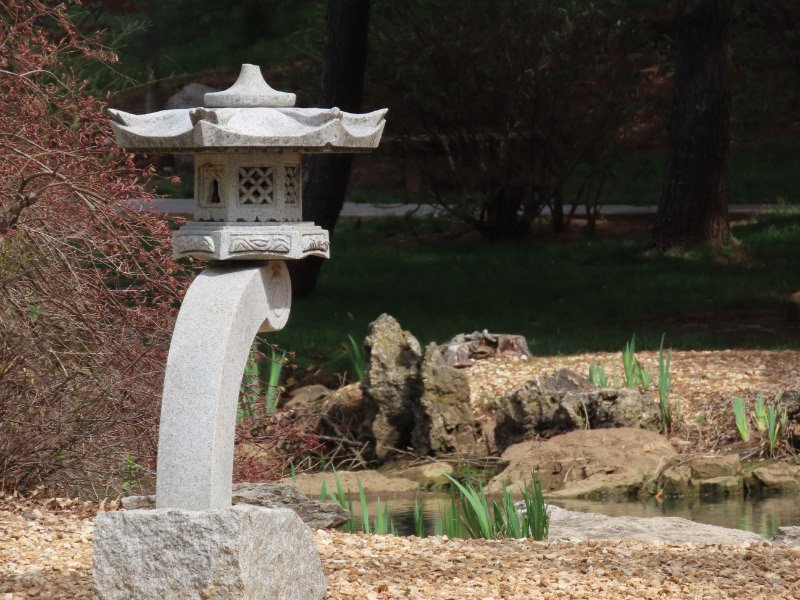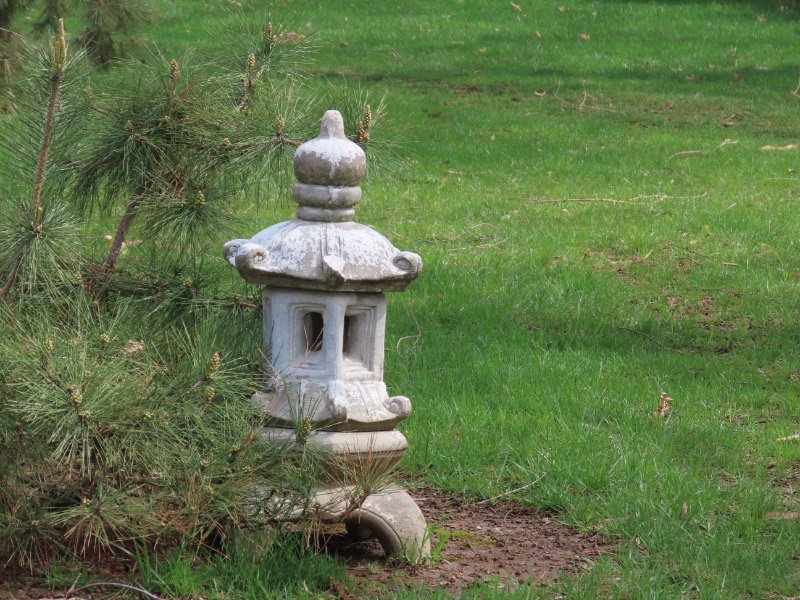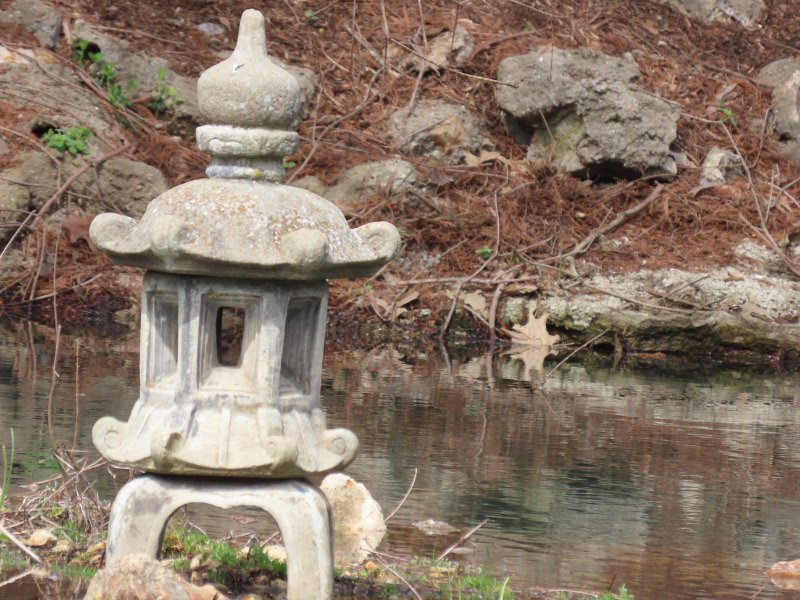Continuing the blog post series prompted by COVID-19….
Gleanings from the Past Week
The items below were ‘the cream’ of the articles and websites I found this past week. Click on the light green text to look at the article.
The world’s most nutritious foods - BBC Future – The one on the list that surprised me was ‘pork fat.’
New Thoughts on Corn Cultivation at Cahokia - Archaeology Magazine – Evidently maize arrived between AD 900 and 1000…about 1,000 years later than previously thought. I remember visiting Cahokia in 2010 about this time….a road trip from Ithaca NY to Flagstaff AZ with my daughter for her summer of undergraduate research.
Old Wisteria Tree in Japan Is the Most Beautiful in the World – I missed the wisteria blooming at Brookside Gardens this year. This 150 year old tree in this post is huge in comparison.
How the news changes the way we think and behave - BBC Future – I find that I feel better when I don’t check the news as often…once or twice a day is often enough unless there is something happening that impacts what I am doing (like very bad weather coming). I want to stay informed but don’t need stories repeated again and again…one time is generally enough and there are very few that I need to know as they are developing.
Top 25 birds of the week: #May 2020 - Wild Bird Revolution – A little feathery color….
Waves of Fluid Bathe the Sleeping Brain, Perhaps to Clear Waste | The Scientist Magazine® - Still a lot to learn about the brain. I found myself wondering of poor sleep is the cause or effect of some disorders.
An Intimate Look at Italy’s Saffron Harvest - The New York Times – Color and flavor – and labor intensive.
Saber-tooth surprise: Fossils redraw picture of the fearsome big cat – The big cat was a forest/ambush hunter rather than one that hunted in more open environments.
Welcome Back! | The Prairie Ecologist – Noticing the firsts of spring….a bird returned…insects emerging (or sometimes returning), plants beginning to grow….lots to take in.
Medieval Arrows Inflicted Injuries That Mirror Damage Caused by Modern Bullets | Smart News | Smithsonian Magazine – The English longbow. The best ones were made from yew and measured 6 feet long. Drawing the weapon required 150-180 pounds of force. They shot arrows to 1,000 feet. At the Battle of Crecy in 1346, historians estimate that the English archers shot as many as 35,000 arrows per minute….were victorious even though they were outnumber by 2 to 1.
A Zentangle Prompt
Experiment with the MAELSTROM pattern. This is a grid pattern and is an opportunity to play with different orientations of a simple basic design made in each small square. I always like to reuse materials I have around the house and an old calendar is great for these patterns. My calendar has large enough blocks for each day that I divide each into 4 x 4 grids and then cover the whole page (except for the small blocks that have a number in them) – in this case with MAELSTROM variations. I’ll share the results with you tomorrow.


























































